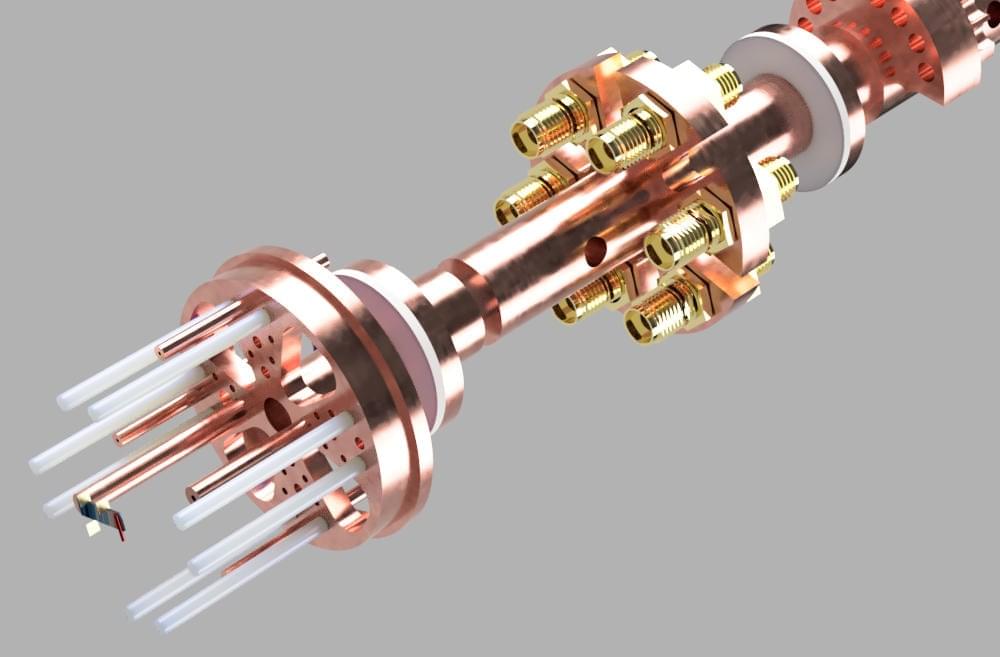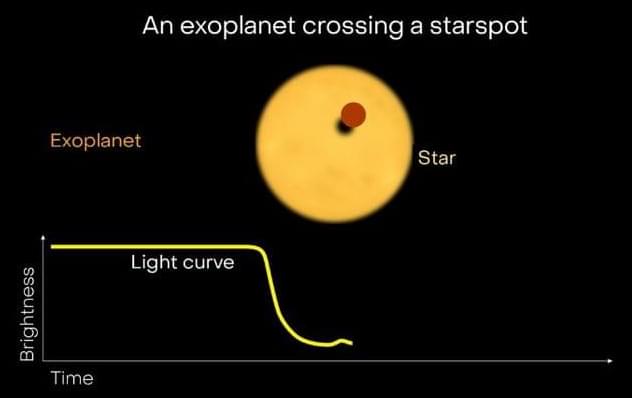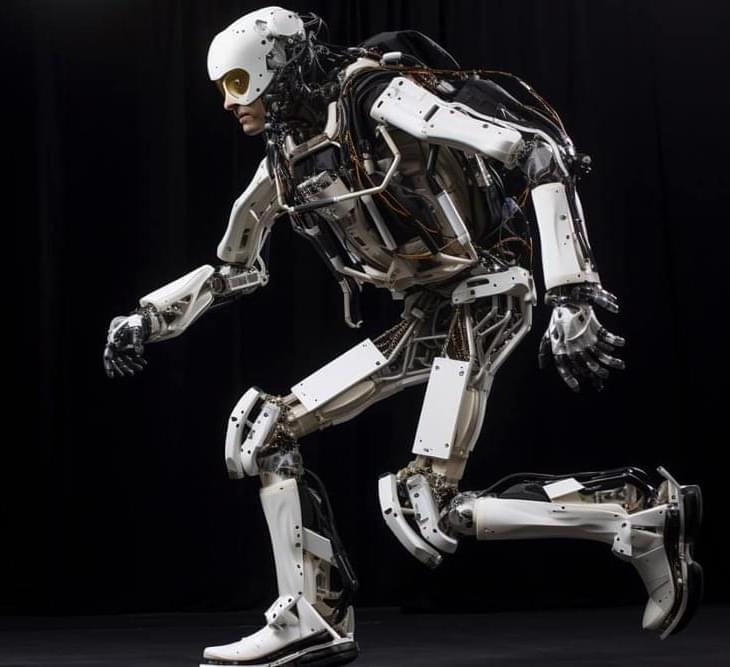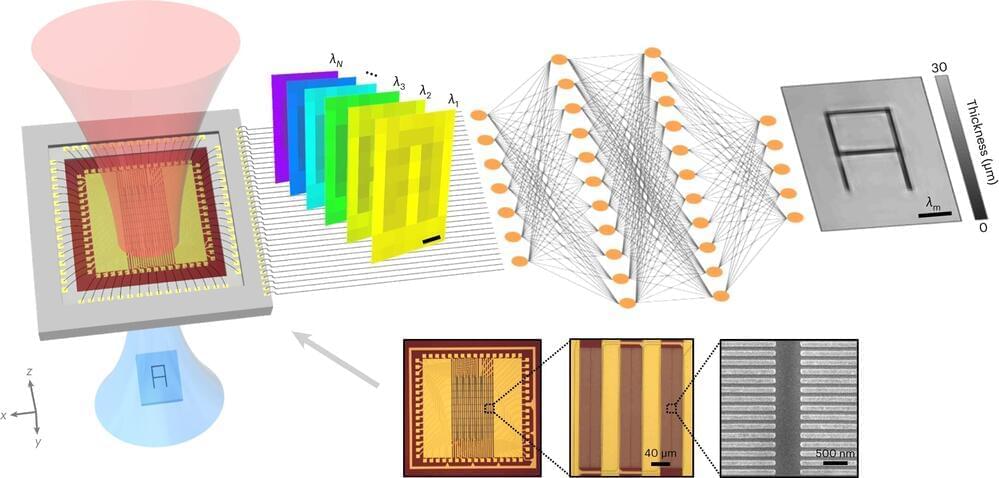
Researchers at HZB have created an innovative technique to precisely measure minuscule temperature variations as small as 100 microkelvin in the thermal Hall effect, overcoming previous limitations caused by thermal noise. By applying this technique to terbium titanate, the team showcased its effectiveness in producing consistent and dependable outcomes. This advancement in measuring the thermal Hall effect sheds light on the behavior of coherent multi-particle states in quantum materials, particularly their interactions with lattice vibrations, known as phonons.
The laws of quantum physics apply to all materials. However, in so-called quantum materials, these laws give rise to particularly unusual properties. For example, magnetic fields or changes in temperature can cause excitations, collective states, or quasiparticles that are accompanied by phase transitions to exotic states. This can be utilised in a variety of ways, provided it can be understood, managed, and controlled: For example, in future information technologies that can store or process data with minimal energy requirements.
The thermal Hall effect (THE) plays a key role in identifying exotic states in condensed matter. The effect is based on tiny transverse temperature differences that occur when a thermal current is passed through a sample and a perpendicular magnetic field is applied (see Figure 2). In particular, the quantitative measurement of the thermal Hall effect allows us to separate the exotic excitations from conventional behavior.









